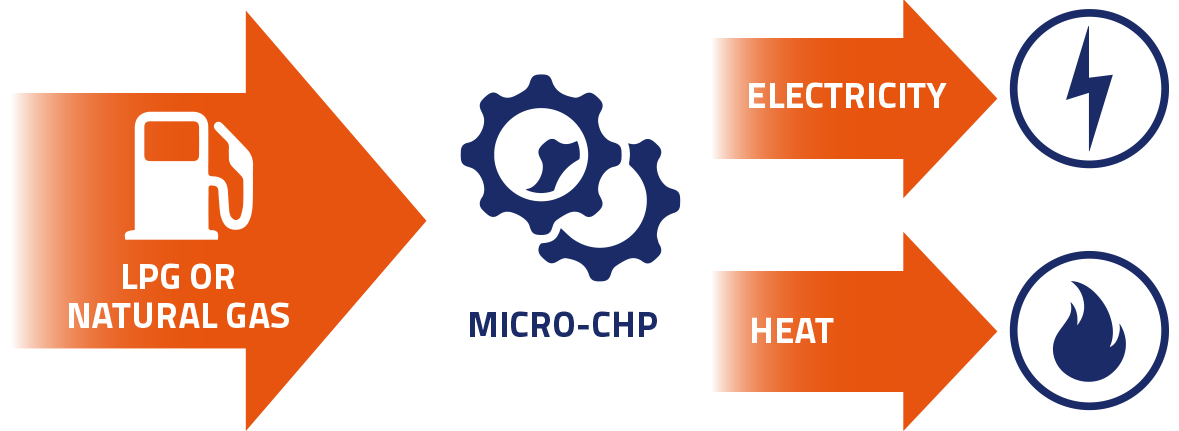Cogeneration is the combined generation of electricity and heat.
Traditional systems of power generation are inefficient. Having separate systems for generating electricity and heat leads to high installation costs and low energy efficiency because a large part of the energy in the fuel used to create electricity is lost in the form of heat.
The purpose of cogeneration is to recover the heat generated by the fuel that would otherwise be lot, thereby generated both electricity and heat. In this way, plant efficiency increased to over 90%.
Ordinary cogeneration processes take advantage of heat as a byproduct of power generation by reusing the exhaust fumes from a turbine or other type of generator (which would otherwise be lost to the atmosphere) to generate thermal energy. This thermal energy then heats fluids, which are used at the point of generation or transported for other uses.
These uses include:
• Heating office buildings, hospitals, schools, apartment buildings, etc.
• Heating for industrial use
• Production processes
• Heating water by way of absorption cycles
Cogeneration can also be done at home, where it is known as micro combined heat and power (or micro-CHP). Unlike ordinary cogeneration plants, which take advantage of thermal energy as a byproduct of power generation, micro-CHP systems primarily produce heat and generate electricity as a byproduct.

Because they are installed in a home setting, the equipment is of reduced size (about the size of a common home appliance) but works as an actual power generator for the home.
Cogeneration and micro-CHP feature a number of benefits:
• Environmental, in that they reduce CO2 emissions and other pollutants;
• Energetic, in that they recover unused energy, are more energy-efficient and so consume less fuel;
• Financial, in that, by consuming less fuel, costs are also lower; furthermore, there may also be incentives to promote the use of cogeneration
